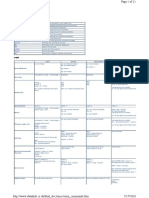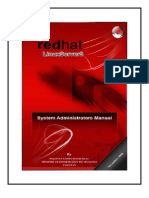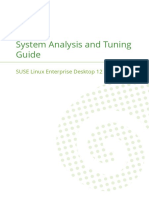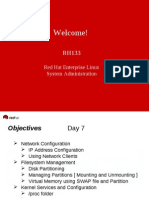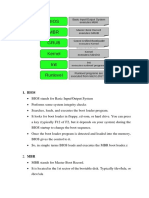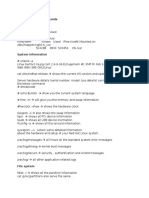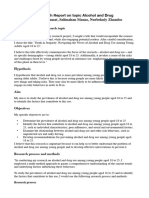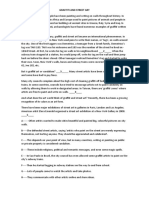0% found this document useful (0 votes)
12 views8 pages3 Assignment - Linux
The document discusses system initialization, message logging, and system tuning. It covers configuring systemd services and boot settings, logging messages to files and remote servers, and optimizing performance through tuning network, disk, and CPU resources.
Uploaded by
zenkaevaaiymCopyright
© © All Rights Reserved
We take content rights seriously. If you suspect this is your content, claim it here.
Available Formats
Download as PDF, TXT or read online on Scribd
0% found this document useful (0 votes)
12 views8 pages3 Assignment - Linux
The document discusses system initialization, message logging, and system tuning. It covers configuring systemd services and boot settings, logging messages to files and remote servers, and optimizing performance through tuning network, disk, and CPU resources.
Uploaded by
zenkaevaaiymCopyright
© © All Rights Reserved
We take content rights seriously. If you suspect this is your content, claim it here.
Available Formats
Download as PDF, TXT or read online on Scribd
/ 8
















